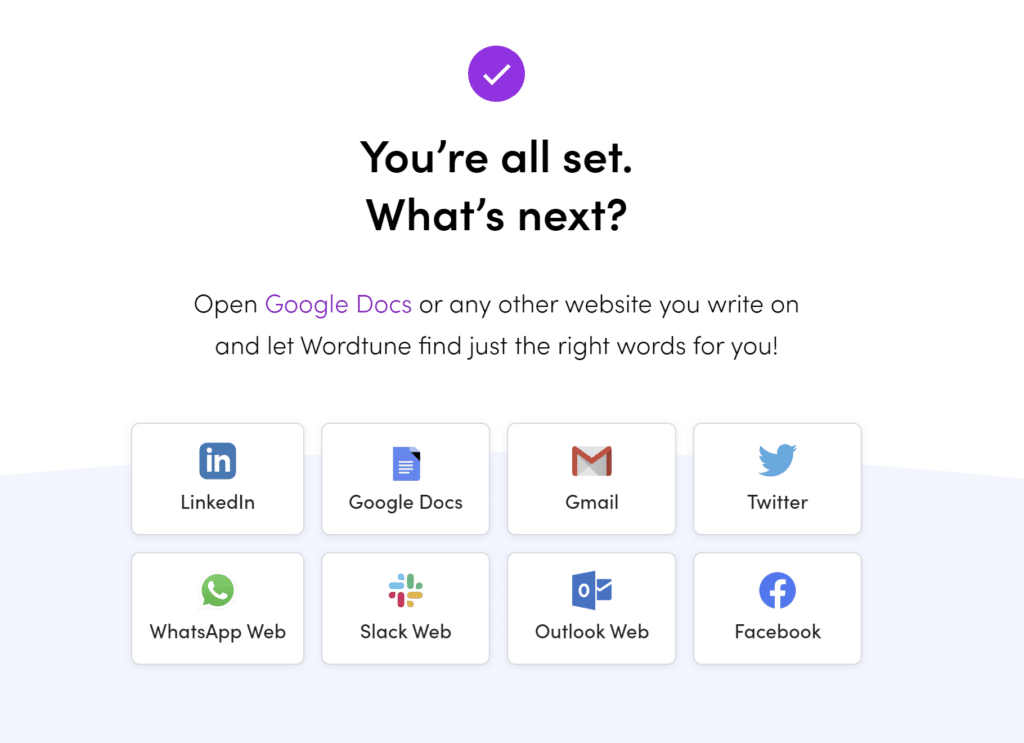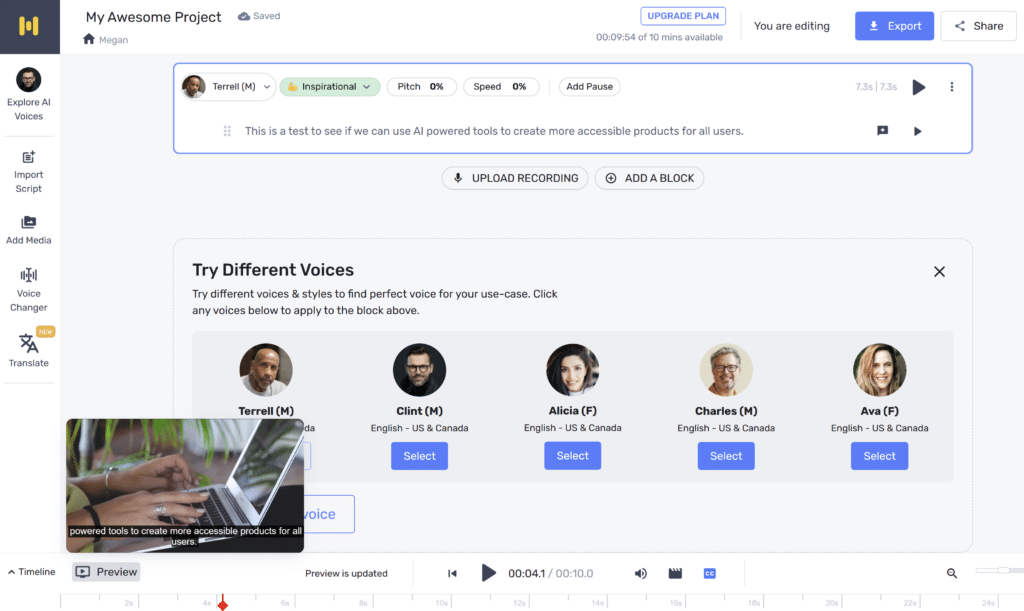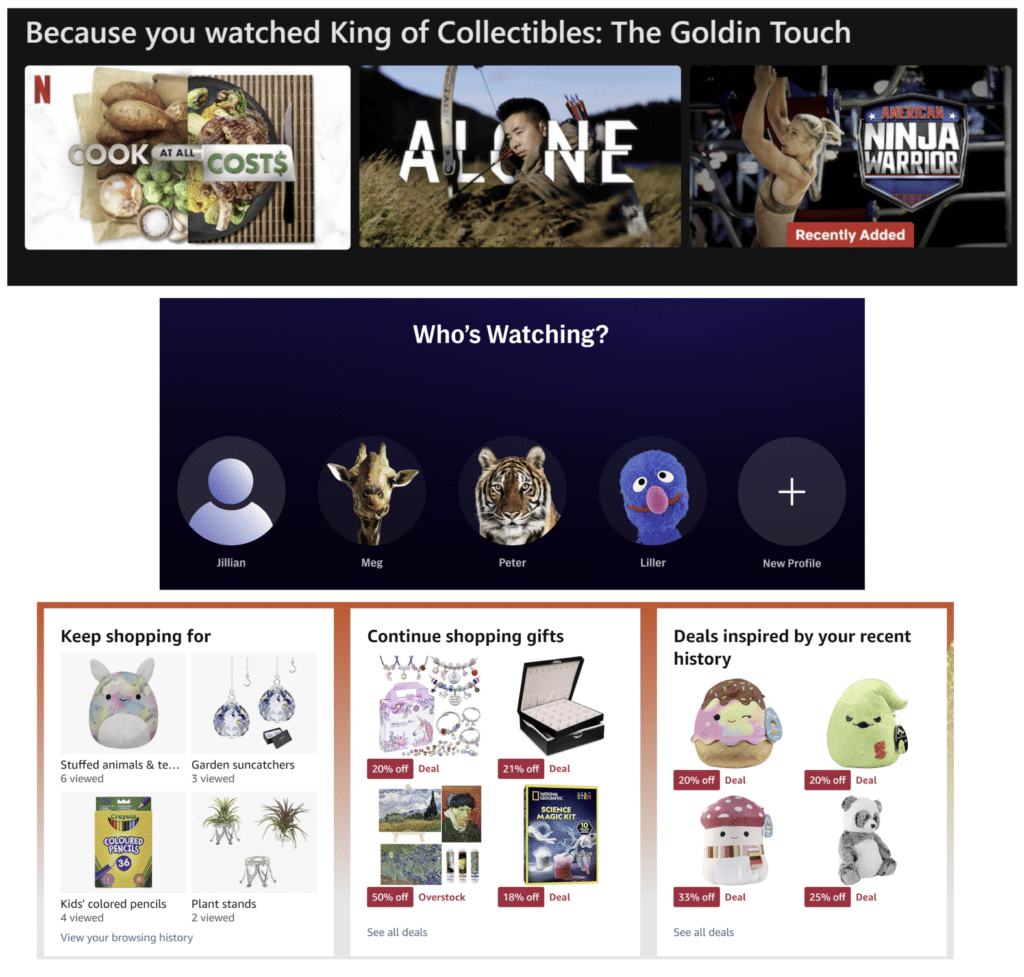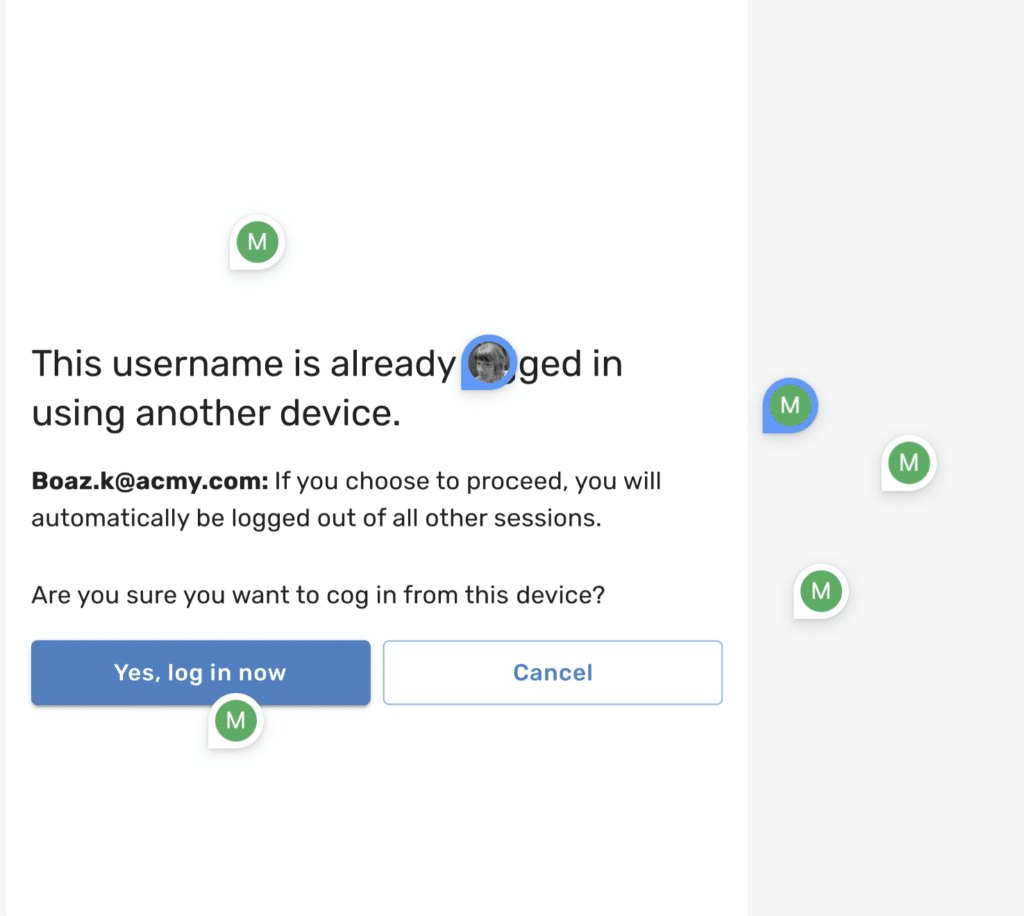The realm of UX writing and content design is dynamic, with trends that are not just theoretical but have real-world implications. As we gear up for 2024, let’s unpack these trends with practical examples that illustrate their impact.

1. Writing for and with AI
AI is not just a tool; it’s a collaborator. Writing for AI products involves crafting conversational content that complements AI functionalities.
Of equal importance may be writing with the use of AI. Understanding how to use large language models will be a HOT skill in 2024. Brushing up on prompt writing and being well-versed in the ethics of AI is going to be a feather in your cap!
Real-World Application: A fitness app might use AI to create personalized training plans. In that case, the UX writer’s job is to ensure the instructions are clear, motivational, and tailored to the user’s progress.

Other Considerations: Going forward, it’s to be expected that UX writers will incorporate AI technologies into their workflows.
In doing so, it will become increasingly important that we (the UX writers) understand the potential ethical implications of using AI in our work and are prepared to spot and respond accordingly to hallucinations.
Further Reading and Listening:
- If you’d like more info about conversational design, give this a read. UX Writing and Conversation Design – Different or one in the same?
- In this episode of Writers in Tech, May Habib of Writer explains how she sees AI helping content design teams. AI for content design teams with May Habib @Writer (uxwritinghub.com)
2. Voice and Tone
First, I’ll acknowledge that voice and tone are not necessarily a “trend” and are, in fact, as they always have been, a staple of UX writing.
Here’s what will be different in 2024. As product writing has evolved over the years, our users’ expectations have grown. There is now more than ever an expectation that products will speak with us, not at us.
So, while the voice you write in will be determined by your product or brand, getting it right and maintaining it across platforms is more noticeable than ever.
For the UX writer, that means considering the website, dashboard, app store, social media, mobile notification, and more. Here are some great examples of Slack’s UX Writers making it happen across the product.

Real-World Application: A children’s educational app, for instance, uses a friendly and encouraging voice with a tone that adapts to celebrate successes or offers encouragement after mistakes.
Additionally, an app such as this will need to consider what voice and tone it might use when speaking to parents.
Getting this right will be critical if they are to create an experience that children love and parents feel good about, which is the secret recipe if they are going to encourage membership and experience growth.

Other Considerations: As we continue to venture deeper and deeper into the possibilities of AI and chatbots, UX writers will want to pay special attention to developing their conversational design skills.
Bringing a bot to life for our users will require a skilled application of voice and tone.
Further Reading and Listening:
- Learn more about the ins and outs of voice and tone here. https://uxwritinghub.com/ux-writing-voice-and-tone/
- Listen in on this episode of Writers in Tech to get some great tips for bot writing. UX Writing Beyond the Interface with Sarah Loigge @ Parkside Interactive (UX Writing Hub)
3. Accessibility
Accessible content design ensures that digital experiences are inclusive for all users. As our digital experiences continue to become increasingly elaborate, there’s more for the UX writer to consider than ever before.
I predict that the UX writing heroes of 2024, will be those who not only use words to make AI tools accessible to ALL, but who also figure out how to leverage AI tools to make all experiences more accessible.
Real-World Application: An AI tool implements video descriptions and transcripts for their product demos, allowing users with hearing impairments to have the same information as those who can hear the video.

Other Considerations: Image and text recognition software and automated captioning will become increasingly powerful tools to increase accessibility for users with visual impairment and other disabilities. AI will also help us to tighten up our feedback loops.
By using these tools to collect and analyze user experiences and interactions, we will be able to detect and respond more quickly to potential accessibility issues, yielding more accessible and inclusive experiences for all.
Further Reading and Listening:
- Check out this blog post to master the basics of accessibility. Accessibility in UX Writing – UX WRITING HUB
- Listen in on this episode of Writers in Tech with Jaime Walke to hear how he has prioritized accessibility in his work at Booking.com. Making Digital Accessibility a Priority with Jaime Walke @Booking (uxwritinghub.com)
4. UX Writing Research
I would surmise that most UX writers are already familiar with the ins and outs of UX writing research, which focuses on understanding how users interact with and interpret written content.
The basics will always be the basics, but in 2024, AI will change the way we research. With these tools, we can gain greater insights into our users’ behaviors, conduct A/B testing and refine copy in real-time, and much more.
That means putting the right words in front of the most users, which will help us demonstrate an even greater ROI when it comes to making a business case for hiring a UX writer.
Real-World Application: A travel booking site might conduct A/B testing with different call-to-action phrases to see which leads to more engagement and bookings. In an industry where a 1% increase in conversions can mean a 10% increase in revenue, the implications are potentially huge.
Other Considerations: As AI evolves, conducting research and collecting information about user preferences and behaviors will be easier than ever, leading to opportunities to develop even more personalized digital experiences.
In this case, the implications for the UX writer will be to dig deep into content strategy, segment our intended audiences, and create adaptive and flexible copy.

Further Readings:
- Get a handle on some of the best ways to put AI to work in your UX research with this blog post. AI Advancements in UX Research – UX WRITING HUB
- New to UX research? Get a great overview here. UX research for beginners | UX writing and content design (uxwritinghub.com)
5. Learning to Work with Design Tools
It’s no secret that there were some major layoffs in 2023, so in 2024, the key is going to be demonstrating value. Employers are looking to hire UX writers who make versatile team members. Integrated teams are likely to be the future. Positioning ourselves to succeed in this environment means learning the tools design teams already use. As a bonus, once you’re on the file, invites to meetings and all the rest will flow much more naturally.
Real-World Application: Using Figma to prototype an app’s user interface will allow for rapid iteration based on user feedback sessions, leading to a more user-friendly final product in a fraction of the time. Giving and receiving feedback between team members will be simpler than ever before.

Other Considerations: AI tools will continue to close the gaps in our feedback loops. As UX writers, learning AI tools and design tools will put us in greater positions of control and allow us to take the driver’s seat when it comes to explaining and promoting our decisions for copy. When a new tool is available, it is as much our responsibility as anyone else’s to take a course and add it to our toolkit.
Further Reading and Listening:
- Give this blog post a read for some quick Figma tips. Figma Resources for UX Writers – UX WRITING HUB
- Still not convinced? Listen to this episode of Writers in Tech, to learn why Hailey Reynold of Ibotta believes that UX writers are designers. UX writers are designers with Hailey Reynolds | Writers in Tech podcast (uxwritinghub.com)
Conclusion
The world of UX writing will change in 2024, just as it has in all years past.
This relatively new field will thrive with those of us who stay abreast of the changes and embrace new opportunities. Learn all you can, teach yourself the tools, and stay relevant.
I promise you the best in UX writing has yet to come, but only those of us bold enough to fill the gap between person and machine will be the ones to win.



